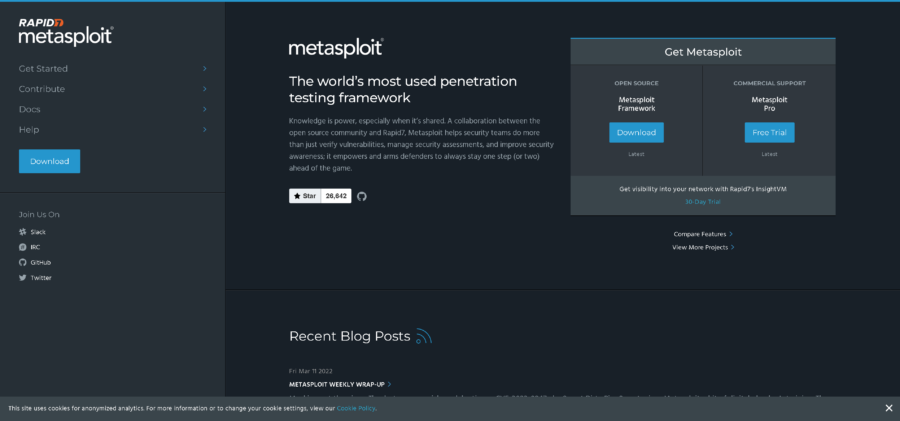Cloud computing is driving a major shift in the IT landscape. According to research firm IDC, the cloud has changed the fundamental nature of computing and the very way business is done and IT is provisioned. The global cloud market is projected to reach $250 billion by 2017 as more companies seek new ways to reduce costs and increase efficiency.
Cloud computing’s rapid proliferation is driving significant changes not only in business operations and IT provisioning, but also within the data center – where it starts. From data center design, to colocation, hardware, consolidation, and cross-connects, the cloud has had a profound impact on nearly every facet of the modern-day data center facility. In addition to enabling innovation, it is also opening the door for new approaches and opportunities for key data center stakeholders, including facility owners and operators, Managed Service Providers (MSPs) and hardware vendors.
In today’s data-driven world, latency, performance and quality can no longer be compromised. The consumer is getting smarter, causing today’s providers to have very specific infrastructure requirements in order to effectively serve their customers’ needs. Because of this, the data center becomes a key component in the delivery of the user experience. Enter the “specialty” data center and key players in this space such as EdgeConneX®, which offer an alternative to the traditional cloud model and give providers exactly what they need, where they need it. Replacing massive facilities in major cities with vast populations yet no direct access to cloud data centers, these local data centers are strategically positioned at the edge of the Internet to move content closer to the end-user, thereby ensuring the lowest latency data delivery, with an improved quality of service.
Historically, colocation service offerings have been developed around rigid contractual and service delivery models, forcing customers into commitments that offered either too little space or obligated them to pay for extra space they did not use. In response to the agility offered by the cloud, as well as growing customer demand for more flexible service setups, colocation is beginning to evolve. Providers like MOD Mission Critical are at the forefront of this evolution, offering micro-colocation services like Colo by the ‘U’ to give customers the right-sized solution for their unique business needs.
For many data center operators, power is still the number one cost within a modern facility, not to mention a key environmental concern. Today, the cloud is enabling significant improvements in data center efficiency. Hardware providers like Ciena® have already developed smarter hardware platforms built on cloud computing that lower data center power consumption.
The data center industry is very cyclical in nature; an influx of players in the market is followed by widespread consolidation – which is what is happening today. With the rise of the specialty data center, providers are focusing their business models on either Managed Services, such as New York-based Webair, or Bare Metal such as Equinix.
Cross-connects remain the last frontier of physical connectivity in a world of virtualization. The growth of cloud is casting a spotlight on companies’ cross-connect models, with some choosing to charge larger, non-reoccurring upfront costs and small recurring charges per month, while others opt for the opposite. Data center providers like Telx are also creating easier ways to connect their customers to cloud services through advanced interconnection solution such as cloud exchanges.
By Michael Hollander





